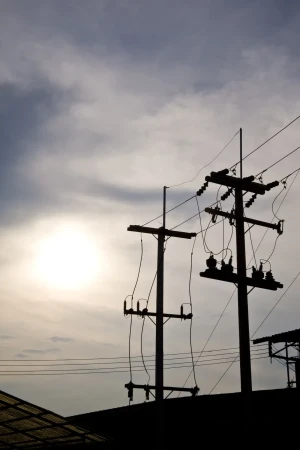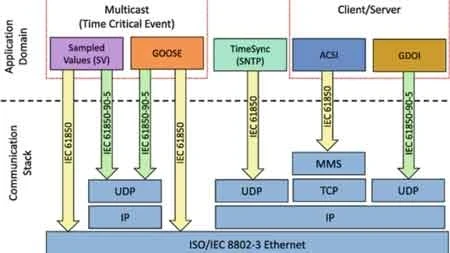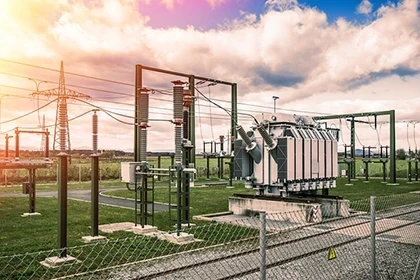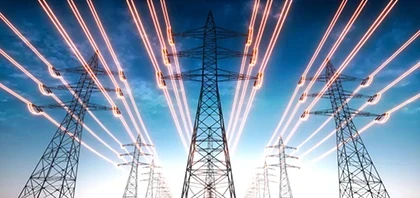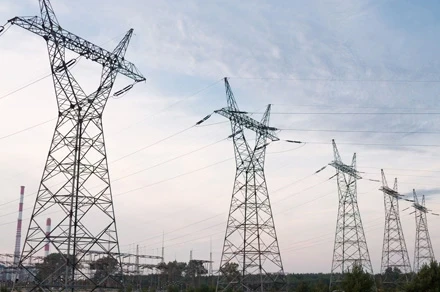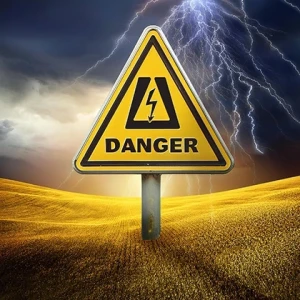Gas Dehydration
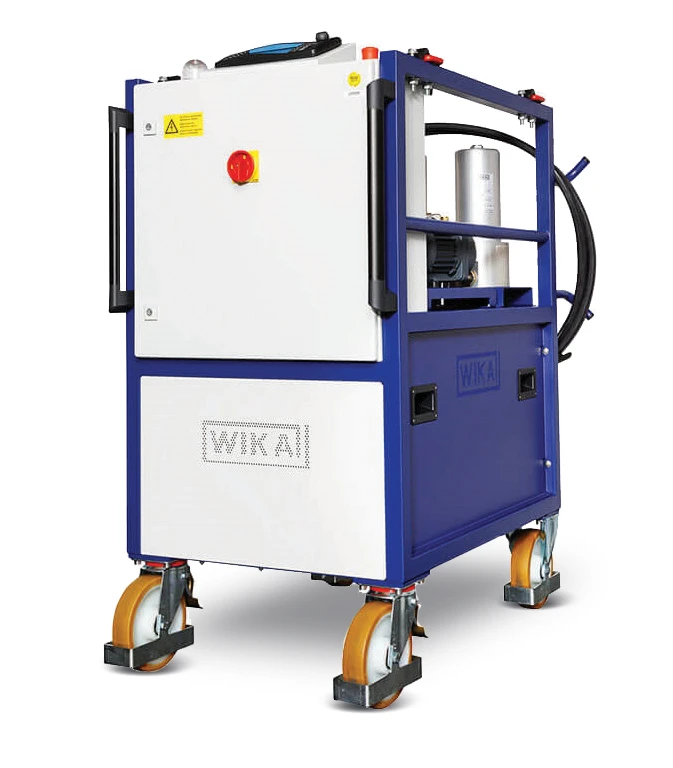
Sulfur hexafluoride (SF6) insulates medium- and high-voltage switchgears around the world. In its pure form, this non-toxic, inert gas helps the power transmission & distribution (T&D) industry operate more safely by extinguishing high-temperature arcs. With a much higher dielectric strength compared to other media, SF6 also allows gas-insulated equipment (GIE) to be compact. The non-flammable gas is a potent arc quencher: In the high-heat environment of an electrical discharge, the six fluorine atoms split from the sulfur atom to capture an electron. After the discharge is quenched, the molecule quickly recombines.
As GIE ages, moisture enters the gas compartment to equalize with the dry SF6 gas. However, humidity in the gas causes severe operational and safety issues. Water is an impurity that, by its very presence, lowers the overall system's dielectric strength. H2O also prevents sulfur and fluoride from recombining fully. When SF6 doesn't "self-heal" completely after each electrical arc, there's less and less of it. What’s more, separated sulfur and fluorine can combine with the oxygen molecules in water to create toxic by-products: thionyl tetrafluoride (SOF4), thionyl fluoride (SOF2), sulfuryl fluoride (SO2F2), and sulfur dioxide (SO2). This acidic, corrosive environment damages equipment, leading to leaks that can endanger personnel and the environment (SF6 is a potent greenhouse gas).
There are four main ways to protect T&D infrastructure and the planet from the effects of humid SF6 gas:
- Replace the gas-filled equipment that is allowing moisture to enter
- Regularly replace the wet SF6 with new technical-grade gas
- Regularly filter the humid gas and then put it back into the GIE
- Retrofit new absorber kits inside gas compartments with low gas quality
However, these methods are expensive and/or disruptive.
Taking the equipment offline removes a layer of redundancy and affects the grid’s safety. Evacuating the contaminated gas and replacing it with technical grade SF6 is not cheap: a 110 lb. (50 kg) cylinder of SF6 can cost more than $1,000. Recovering the humid SF6 gas, filtering it, and putting it back into GIE would save some money, but this process also involves significant downtime of the complete switchgear; replacing the saturated absorber material inside gas compartments shares the same downsides. Trying to "dehydrate" a saturated compartment by filling it with a very dry gas (e.g., N2) does not generally yield good results, is only a temporary fix, plus the residual gas could contaminate the SF6 even more.
Read full article in the Electrical Substations Special Edition 2021
WIKA advertisement in the issue: "GAD-2000 SF6 Gas Dehydration System"
Watch the video: Online SF6 Dehydration: A New Way to Deal With High Moisture in Your GIS

